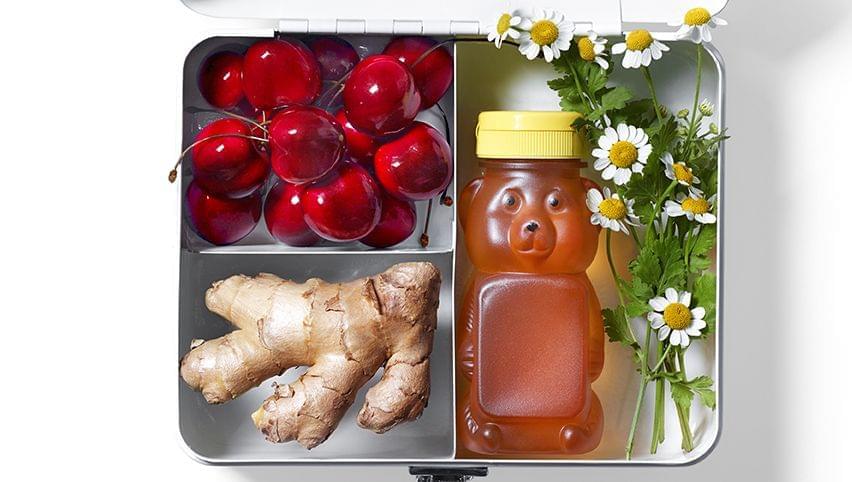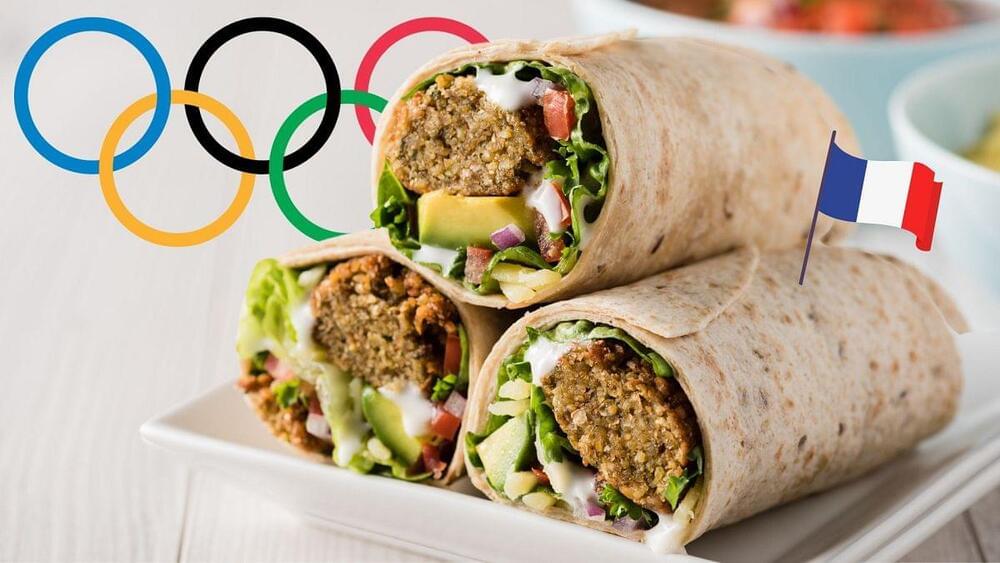May 12, 2024
Why AI playing video games is a big deal
Posted by Shailesh Prasad in categories: entertainment, food, robotics/AI, sustainability
The lab’s latest AI news is something different, though. Instead of designing a model to master a single game, DeepMind has teamed up with researchers from the University of British Columbia to develop an AI agent capable of playing a whole bunch of totally different games.
Called SIMA (scalable i nstructable m ulti-world a gent), the project also marks a shift from competitive to cooperative play as the AI operates by following human instructions.
But SIMA wasn’t created simply to help sleepy players grind out levels or farm up resources. The researchers instead hope that by better understanding how SIMA learns in these virtual playgrounds, we can make AI agents more cooperative and helpful in the real world.


















